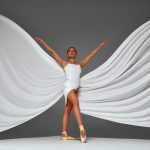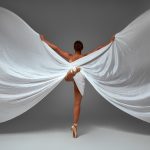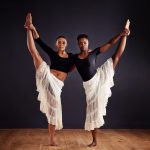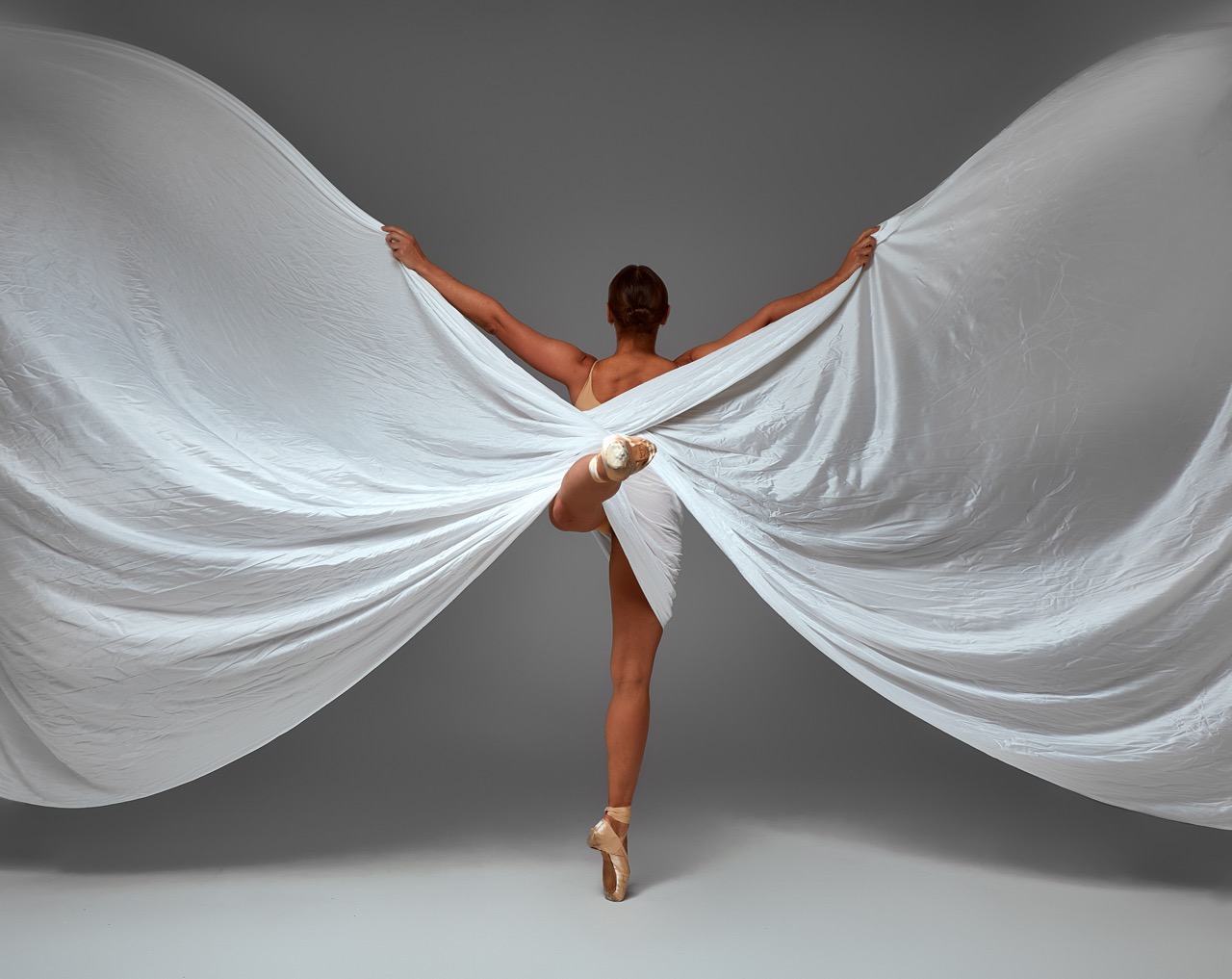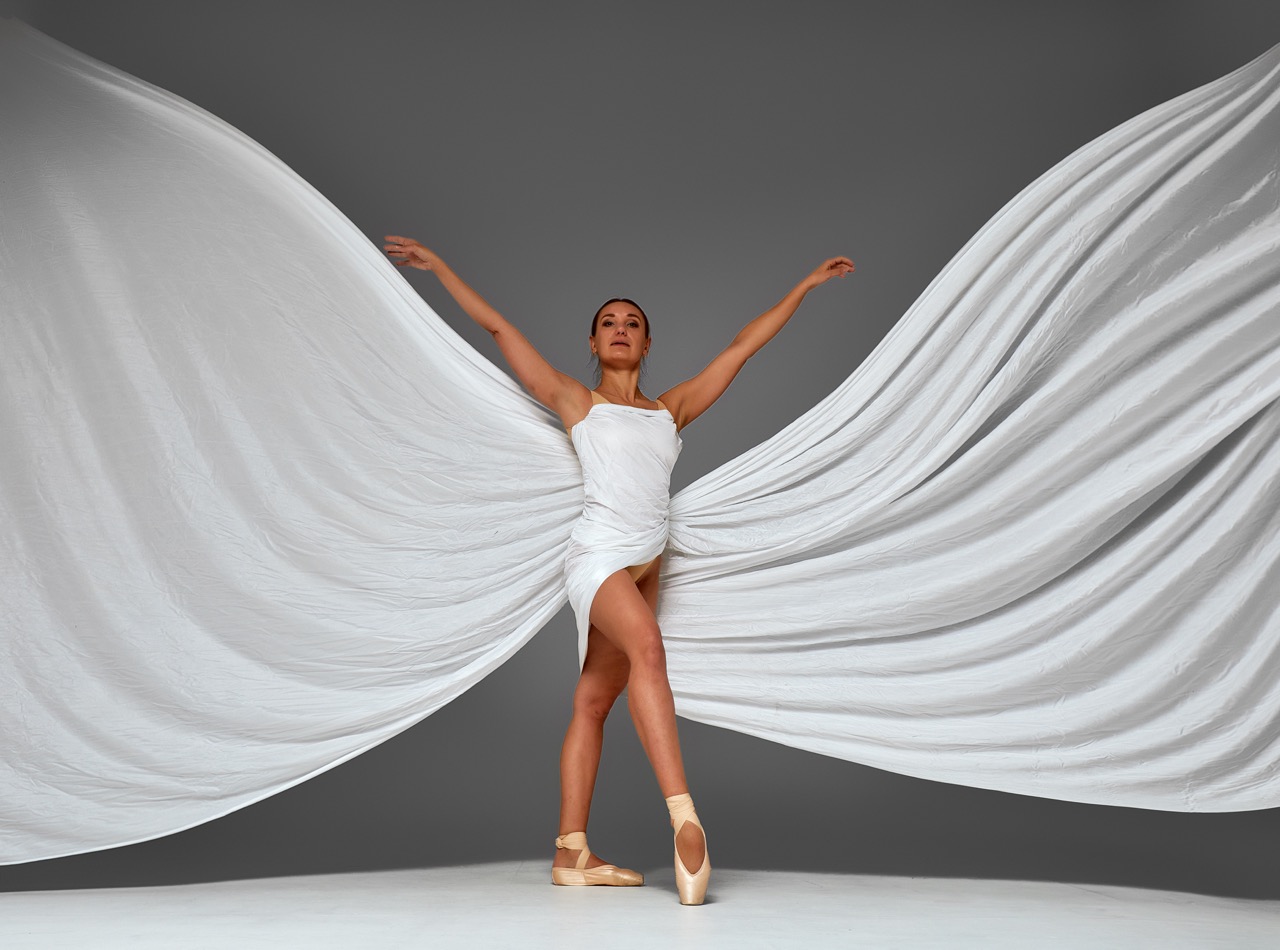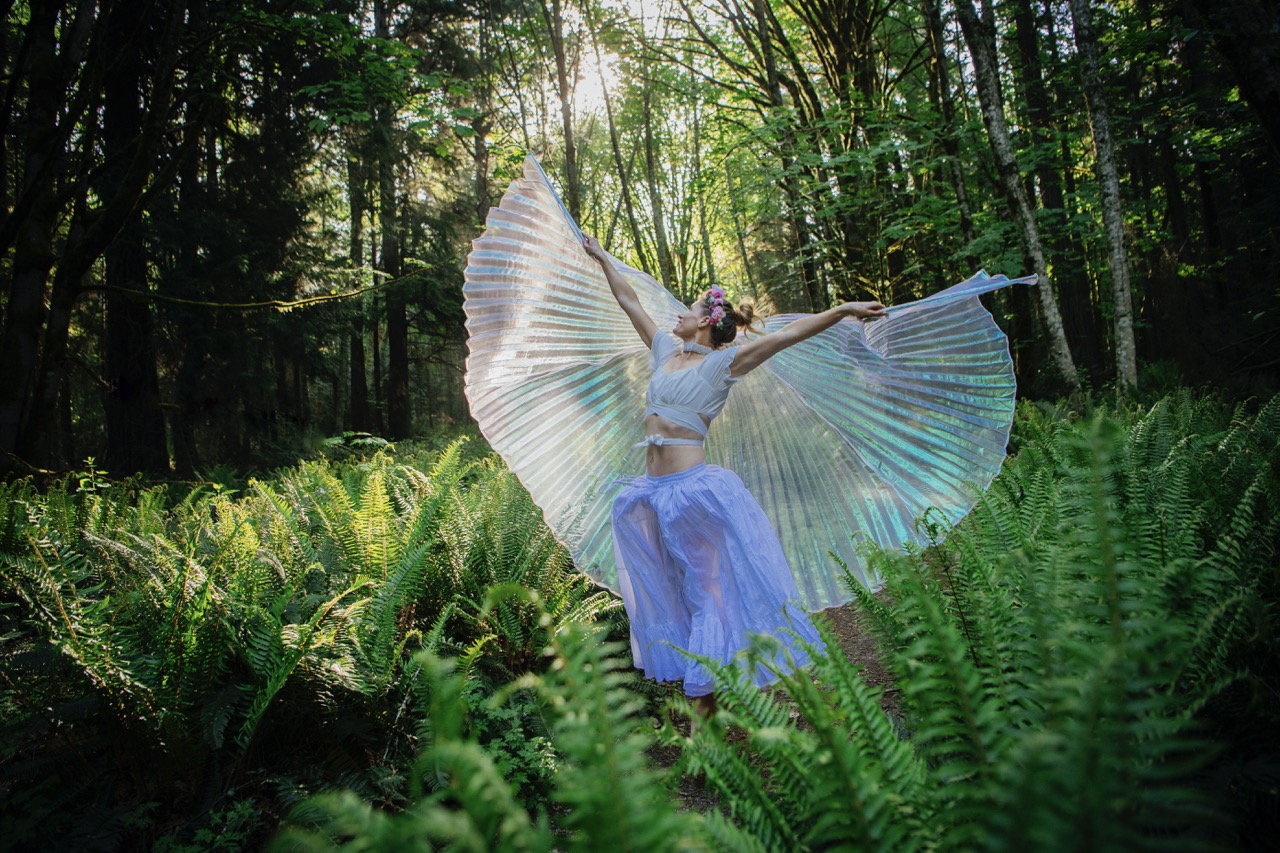In the ever-evolving landscape of performance art, the intersection of technology and creativity has paved the way for innovative expressions that captivate audiences. One of the most remarkable developments in this realm is the advent of interactive, tech-driven wings. These wings, far from being mere props, are dynamic extensions of the dancer’s body that enhance movement, narrative, and emotional resonance. By integrating advanced technology with traditional dance forms, artists are discovering new dimensions of storytelling and engagement. This article delves into the conception, execution, and transformative potential of these extraordinary wings, exploring their implications for the future of dance.
Unleashing Creativity: The Birth of Tech-Enhanced Wings
The concept of tech-enhanced wings emerged from a desire to push the boundaries of artistic expression. Dancers and choreographers began experimenting with materials and designs that incorporate sensors, lights, and sound elements, aiming to create a more immersive experience. These innovative wings are designed not only to complement the dancer’s movements but also to interact with the environment and audience, giving rise to an entirely new dimension of performance art. As artists began collaborating with engineers, the fusion of dance and technology blossomed into a new genre that encourages out-of-the-box thinking.
The engineering of these wings is as much an art form as the choreography itself. Designers meticulously consider the aerodynamic properties of materials, ensuring that the wings are lightweight yet visually striking. Advanced technologies such as LED displays and motion sensors are embedded within the wings, amplifying the emotional and narrative layers of the performance. This hybrid approach encourages dancers to think critically about how their movements can activate the technology, leading to a reciprocal relationship between performer and prop that was previously unattainable.
Moreover, tech-enhanced wings invite a collaborative spirit among artists across disciplines. From visual artists who create digital projections that respond to the dancer’s movements to sound designers who compose scores that react in real-time, the wings become a focal point for cross-disciplinary partnerships. This collaborative approach nurtures an environment ripe for experimentation and innovation, thereby unleashing a wave of creativity that continually redefines the boundaries of what dance can be.
Crafting Movement: Merging Dance with Interactive Technology
The integration of interactive technology into dance choreography brings forth a new vocabulary of movement that enhances both aesthetic and kinetic experiences. As dancers don the tech-driven wings, each movement is amplified by visual and auditory feedback, creating a dialogue between the dancer and the surrounding space. Movements that once seemed linear or static can transform into dynamic displays of color and sound, capturing the audience’s imagination. This transformation allows for a more profound exploration of themes through the medium of dance, enriching the storytelling aspect of performances.
Choreographers are rethinking their approaches to composition by incorporating the capabilities of the tech-driven wings. With the wings responding in real-time to the dancer’s motions, choreographic decisions become intertwined with technological possibilities. This encourages a fluid, responsive creative process where the choreography evolves alongside the performance, ultimately leading to a more cohesive and interactive artistic expression. The wings become co-creators, influencing the rhythm, flow, and emotional tenor of each performance.
Moreover, the use of tech-enhanced wings fosters a deeper connection between performers and audiences. As audience members witness the interplay between technology and dance, they are drawn into an experiential journey that transcends traditional performance spectating. The interactive elements allow for a shared experience, blurring the lines between performer and observer. This engagement not only enriches the performance but also cultivates a sense of community and connection among those involved, fostering a dialogue that echoes beyond the stage.
Elevating Artistry: The Impact of Wings on Performance
The incorporation of interactive wings into dance performances elevates artistry to unprecedented heights, allowing for a more profound exploration of identity, emotion, and narrative. Dancers can embody various themes, utilizing the wings as symbolic extensions of their characters, further enriching the storytelling aspect of their performances. The visual spectacle created by the wings interacting with light and sound adds layers of meaning, transforming abstract concepts into tangible experiences for the audience.
Additionally, these wings serve to democratize dance by making it more accessible and relatable. As performances become more immersive and engaging, they resonate with a wider audience, inviting individuals from various backgrounds to connect with the artistry on a personal level. The technology bridges gaps, allowing artists to convey complex emotions in ways that are visually captivating, ultimately creating a shared cultural experience that fosters empathy and understanding.
The impact of tech-driven wings extends beyond the stage; it has the potential to inspire the next generation of dancers and choreographers. By showcasing the endless possibilities that emerge when technology meets art, young artists are encouraged to explore their creativity in innovative ways. Educational programs that focus on this intersection invite aspiring performers to experiment with technology as a medium of expression, fostering a culture of innovation and adaptability in the art of dance.
Future Visions: How Tech-Driven Wings Redefine Dance
As we look to the future, the possibilities for tech-driven wings in dance seem boundless. With advancements in augmented reality (AR) and virtual reality (VR), the experience of dance could extend far beyond physical spaces. Imagine performances where audiences can engage with interactive elements through their smartphones or VR headsets, allowing them to experience a performance from multiple perspectives or even participate in real-time choreography. This shift could significantly alter the landscape of live performance, offering new platforms for artistic expression.
Moreover, the evolution of artificial intelligence (AI) within dance technology could pave the way for groundbreaking possibilities. Dancers could collaborate with AI-powered systems that analyze movements in real-time, offering immediate feedback and even generating responsive choreography. This collaboration could lead to a new era of dance where human creativity is augmented by machine learning, resulting in performances that challenge our understanding of artistry, creativity, and performance authenticity.
Ultimately, tech-driven wings symbolize a paradigm shift in the world of dance. They represent not only a tool for artistic expression but also a reflection of our technologically infused society. As artists continue to push the boundaries of what is possible, these wings will play a crucial role in shaping the future of dance, inviting audiences to engage with performances in ways that are not just observed but experienced deeply and personally.
The integration of interactive, tech-driven wings into dance performances marks a significant evolution in the art form, merging creativity with technological innovation. This convergence enhances the storytelling potential of dance, elevates artistic expression, and fosters a deeper connection between performers and audiences. As we embrace these advancements, we are not only redefining the possibilities of dance but also paving the way for a future where art and technology coexist harmoniously, inspiring generations of artists and audiences alike. The journey of tech-enhanced wings is just beginning, and the world of dance stands on the precipice of a thrilling transformation.
